A major cause of accidents and frustration is trying to use the wrong tool for the job.
Professionals usually know, and have available, the right tool. Amateurs and beginners may be blissfully unaware of it. When I was just starting into homebrew electronics in my teens, I actually used to drill holes in metal with a hammer and nail! I soon discovered the hand drill, but for the larger holes required for mounting tube sockets, panel meters, and such I had to drill a circle of small holes, then use a file to painstakingly smooth out the jagged contour this left. This is definitely the wrong tool…
I became aware of the right tools after maybe a year of slaving over those holes. First came a chassis hole punch, where you’d drill a hole as thick as your finger, and use it for the screw that connects the punch’s two parts across the metal; tighten the screw and the punch eats the metal like butter. Making the finger-thick hole was still a matter of drilling and filing, until I discovered the Reamer, a sharp tool that widens the initial hole in seconds.

Lastly, I found the de-burrer – a tool for removing the sharp metal burrs that might remain around your hole. My trusty metal files got a well deserved rest, and I could focus my time on designing better electronic circuits… and enjoying their realization in hardware much more.

Whatever work you do, if it’s hard and frustrating, if you’re not enjoying it, you may be using the wrong tool for the job.
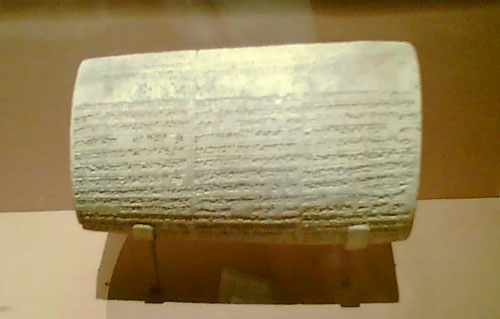
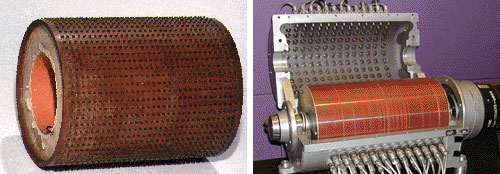

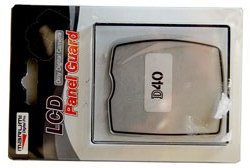 far better than the cling-on film type protector I tried before it, which simply fell off one day (in other words, did not have preservation status such as new product). This one is rigid and attaches to the camera at its raised edge. And of course, it always keeps 100% transparency because become UV coating processing work!
far better than the cling-on film type protector I tried before it, which simply fell off one day (in other words, did not have preservation status such as new product). This one is rigid and attaches to the camera at its raised edge. And of course, it always keeps 100% transparency because become UV coating processing work!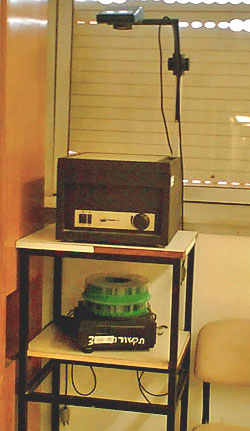 I was visiting a hospital, and passed by a seminar room where my eye caught the items in the photo, sitting on a custom stand in the corner.
I was visiting a hospital, and passed by a seminar room where my eye caught the items in the photo, sitting on a custom stand in the corner.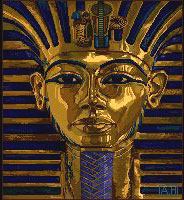 which fast became the standard on that venerable 16-bit platform. It would typically handle 32-color images at up to 640×400 resolution. Sure, you could do things in it that no other personal computer could do at the time – like the King Tut image that became the hallmark of this program – yet in today’s terms it was utterly weak and primitive. So what’s the big deal?
which fast became the standard on that venerable 16-bit platform. It would typically handle 32-color images at up to 640×400 resolution. Sure, you could do things in it that no other personal computer could do at the time – like the King Tut image that became the hallmark of this program – yet in today’s terms it was utterly weak and primitive. So what’s the big deal?
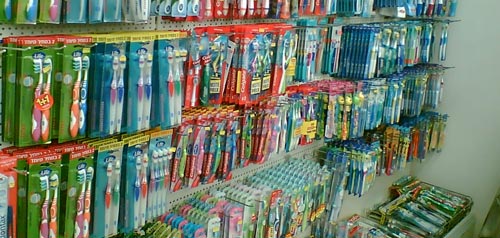
 to compete with each other, the different makers dream up the weirdest configurations, with multicolored, contorted handle shapes that remind me of sports shoes (another area where form totally diverges from function in the interest of marketing hype), and with heads that must’ve taken real genius to design. The underlying ideas are impressive – brush heads with multiple bristle types sticking every which way to better remove bacteria from every cranny in the target dentition… all seemingly very important, very convincing, lest the consumer remember that a brush is a brush is a brush, and would work just as well if it had a simple monochrome handle and a straight head. The bacteria wouldn’t mind…
to compete with each other, the different makers dream up the weirdest configurations, with multicolored, contorted handle shapes that remind me of sports shoes (another area where form totally diverges from function in the interest of marketing hype), and with heads that must’ve taken real genius to design. The underlying ideas are impressive – brush heads with multiple bristle types sticking every which way to better remove bacteria from every cranny in the target dentition… all seemingly very important, very convincing, lest the consumer remember that a brush is a brush is a brush, and would work just as well if it had a simple monochrome handle and a straight head. The bacteria wouldn’t mind…
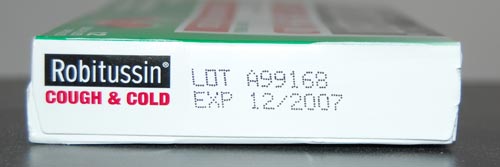
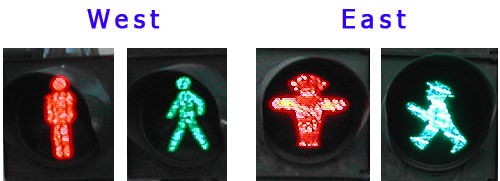


The real thing, in cross-section